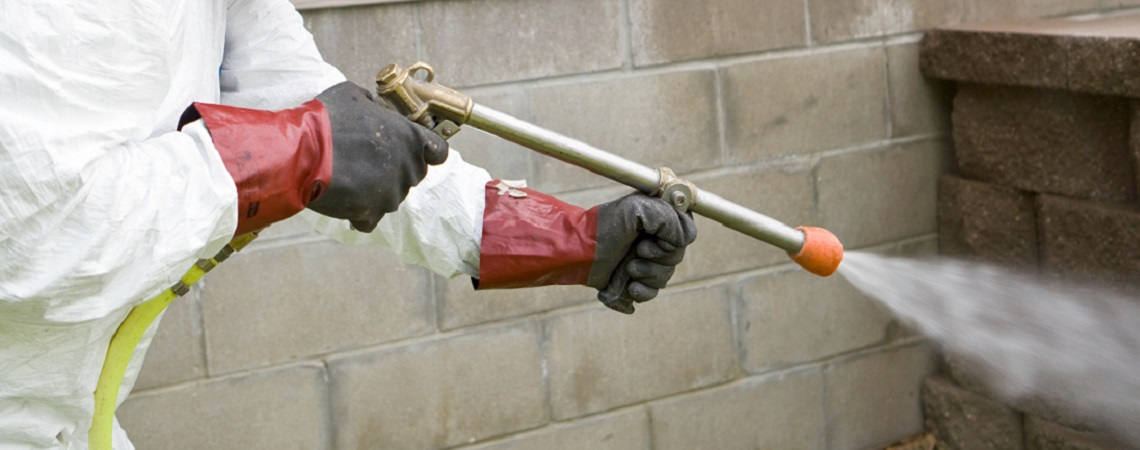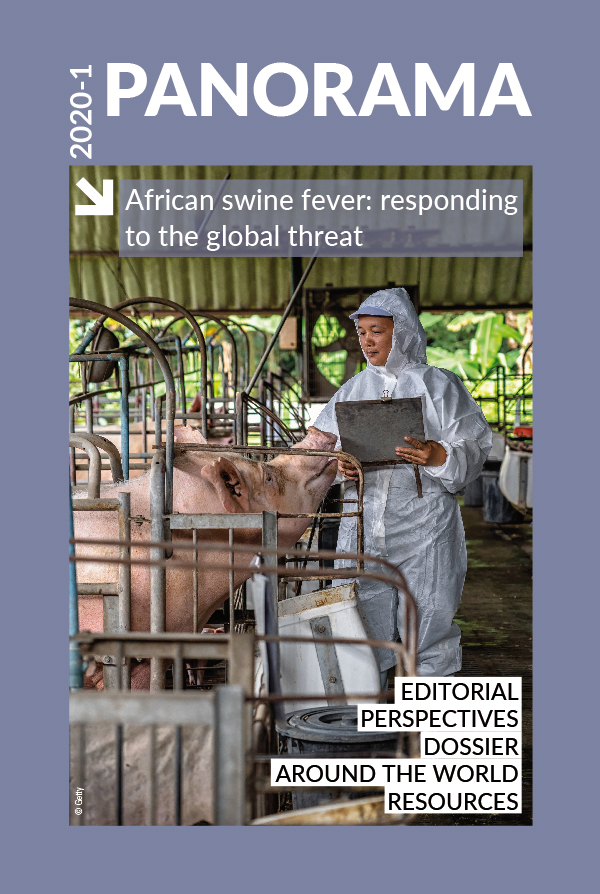Dossier Posted on 2020-07-07 10:27:15
African swine fever – getting prepared
Keywords
Authors
Andre van Halderen, Principal Adviser, International Policy, Ministry for Primary Industries, Wellington, New Zealand.
The designations and denominations employed and the presentation of the material in this article do not imply the expression of any opinion whatsoever on the part of the OIE concerning the legal status of any country, territory, city or area or of its authorities, or concerning the delimitation of its frontiers and boundaries.
The views expressed in this article are solely the responsibility of the author(s). The mention of specific companies or products of manufacturers, whether or not these have been patented, does not imply that these have been endorsed or recommended by the OIE in preference to others of a similar nature that are not mentioned.
The contagiousness of the ASF virus (ASFV) and the intensive nature of pig farming generally mean that, in an outbreak, large numbers of animals may need to be culled in a short period of time. The effective and humane killing of pigs is particularly challenging. The welfare of both the animals and the people undertaking the killing is important; therefore, ensuring in advance that skilled people are available for this task is crucial.
A number of acceptable killing methods are described in the OIE standards, and more than one will be needed, depending on the size and age of the pigs, the availability of equipment, and the facilities. The psychological impacts of destroying large numbers of animals, both on the people who work with the animals and those involved in the destruction process, can be significant, and must be monitored.
The effective disposal of very large numbers of pigs and infective material presents environmental and logistical problems. Methods include burial, incineration or rendering. Burial is the most frequently used method, but there are many environmental constraints, including the risk of leaching into groundwater. Rigorous pre-identification of suitable burial sites and attention to design are essential. The hardy nature of the virus means that sites must be scavenger-proof, particularly where feral pigs are present.
Transport used to convey carcasses and other infective material to disposal sites must be biosecure
The effective decontamination of farms and disinfection of risk material are critical to prevent further exposure. This includes decontamination and disinfection of fomites, such as housing, equipment and vehicles, and the clothes of people who may have come into contact with infected animals or those suspected to be infected (suspects). Only disinfectants that inactivate ASFV should be used, and this must be done in accordance with the instructions on the label. All organic material must be removed and safely disposed of during decontamination. Decontamination may also include the elimination of vectors, as appropriate.
Three OIE Terrestrial Animal Health Code chapters provide guidance on the 3Ds [3, 4, 5].
A number of organisations and countries have posted ASF response plans online, and these are useful resources for readiness planning [2, 6, 7, 8, 9, 10].
http://dx.doi.org/10.20506/bull.2020.1.3126
References
- World Organisation for Animal Health (OIE) (2019). – Technical Disease Cards: African swine fever.
- Food and Agriculture Organization of the United Nations (FAO) (2001). – Manual on procedures for disease eradication by stamping out. FAO Animal Production and Health Manual No. 12. Edited by William A. Geering, Mary-Louise Penrith & David Nyakahuma.
- World Organisation for Animal Health (OIE) (2019). – Chapter 4.13. Disposal of dead animals. In: Terrestrial Animal Health Code.
- World Organisation for Animal Health (OIE) (2019). – Chapter 4.14. General recommendations on disinfection and disinsection. In: Terrestrial Animal Health Code.
- World Organisation for Animal Health (OIE) (2019). – Chapter 7.6. Killing of animals for disease control purposes. In: Terrestrial Animal Health Code.
- Food and Agriculture Organization of the United Nations (FAO) (2009). – Chapter 6. Early reaction contingency planning for an emergency. In: Preparation of African swine fever contingency plans. FAO Animal Production and Health Manual No. 8. Edited by M.L. Penrith, V. Guberti, K. Depner & J. Lubroth.
- Animal Health Australia (AHA) (2019). – AUSVETPLAN Manuals and Documents.
- United States Department of Agriculture – Animal and Plant Health Inspection Service – Veterinary Services (USDA–APHIS–VS) (2019). – Disease response strategy: African swine fever. Foreign Animal Disease Preparedness and Response Plan (FAD PReP).
- Department for Environment, Food & Rural Affairs (DEFRA) (2014). – Disease control strategy for African and classical swine fever in Great Britain.
- World Organisation for Animal Health (OIE) (2019). – Planning for emergencies.










